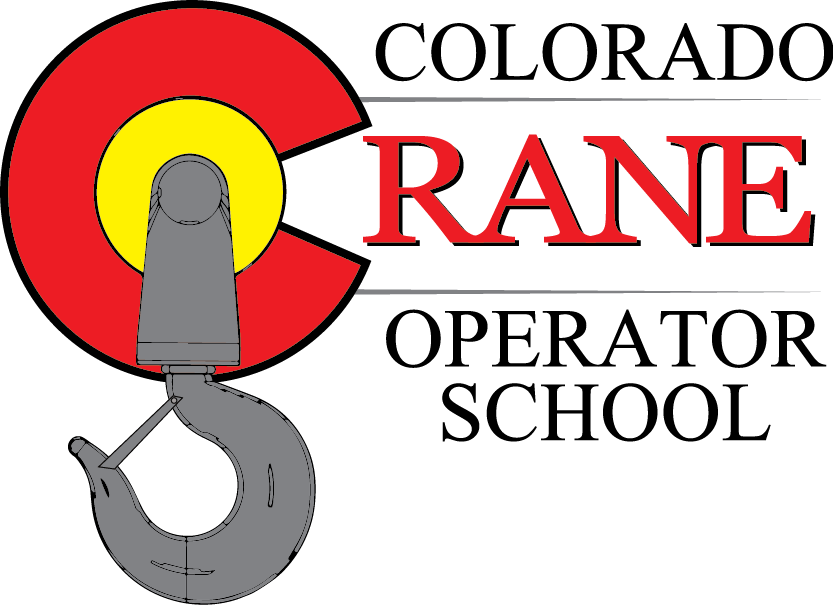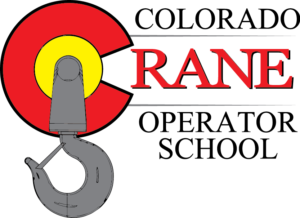Every toolbox, safety meeting, class, seminar, or even general conversations discussing construction accidents I ask “How Do You Want To Make The News?” Ideally, you want to be remembered for your charity work or making an impact within your community and not be part of a construction accident.
Accidents will happen and you can make an argument that in general, they are unavoidable. However, you can not say they are acceptable.
Today is Thursday the 16th of July 2020. As of this point in time, I have read and heard about 6 different crane and rigging accidents.
Crane Collapses Into Building at Kaiser Riverside Hospital https://www.nbclosangeles.com/news/local/rane-collapses-into-building-at-kaiser-riverside-hospital/2394804/
Crane accident reported on Southwest LRT site in Minneapolis https://www.startribune.com/crane-accident-reported-on-southwest-lrt-site-in-minneapolis/571782672/
Crane hits building in Toronto, minor injuries reported https://canada.constructconnect.com/dcn/news/projects/2020/07/breaking-crane-hits-building-in-toronto-minor-injuries-reported
Teen killed, 2 injured in west Macon construction accident https://www.13wmaz.com/article/news/local/1-dead-after-construction-accident-in-west-macon/93-caf96038-4d0f-43fb-b90a-a3e0f7b5e09b
I am also aware of two other separate crane tip-over incidents that happened within the past 4 days that did not make the news.
In my opinion, all of these accidents should have been avoidable. Why do I say “should”? Simply because I am not involved in the accident investigation but past experience and knowledge indicate there is a high likelihood of human failure. Then when you look at that, this becomes a human performance issue and a lack of quality training and execution of the OSHA standard subpart CC.
OSHA standard subpart CC was created proposed in October 2008 due to “The significant number of fatalities associated with the use of cranes in construction led the Labor Department to undertake this rulemaking,” said Secretary of Labor Hilda L. Solis. The new rule is designed to prevent the leading causes of fatalities, including electrocution, crushed-by/struck-by hazards during assembly/disassembly, collapse and overturn. It also sets requirements for ground conditions and crane operator assessment. In addition, the rule addresses tower crane hazards, addresses the use of synthetic slings for assembly/disassembly work and clarifies the scope of the regulation by providing both a functional description and a list of examples for the equipment that is covered https://nccco.org/docs/default-source/osha/nccco-guide-to-subpart-cc-0913-web.pdf?sfvrsn=2
To ensure proper crane safety here are some simple guidelines:
- Have A Certified Operator
- Have A Qualified Lift Director On-Site During Hoisting Operations
- Have A Qualified/Certified Rigger
- Have A Qualified/Certified Signalperson
- Attend A Crane Site Supervisor Qualification
- Ensure A Qualified Assembly/Disassembly Director Is Onsite
- Ensure the crane has all current inspections by qualified individuals
- Ensure all operators have been evaluated by qualified individuals
These are few items to increase safe operations around cranes. Company culture, employee compliance, and continued education are key components for continued safe operations around cranes. Colorado Crane Operator School can help you and your company become the best at what you do.





